By Tamara Blett
The drive to understand our world is one of the reasons why science is important; the delicate dance of air, water, soils, plants and animals on this planet supports life--- both human life and everything else from earthworms to eagles. Learning how this balance works and why is fascinating, and it can help us make wise choices which support the things that people need from the earth; like fresh water, healthy soils, prolific crops, and controlled insect and disease outbreaks.
Understanding our world begins with asking “why”; and farmers, gardeners, scientists and schoolchildren have often wondered why and how plants, insects and birds behave differently from year to year. What causes cherry trees to bloom later some years? When will the monarch butterflies arrive? Does spring really seem to be arriving earlier than it did when I was a child? The answers to these questions begin with timing; nature keeps a hidden calendar whose secrets can be unlocked with a little detective work.
Here at the San Luis Obispo Botanical Gardens a fascinating science project has been ongoing since 2012; where five of the Garden’s plants are being tracked by a long-term SLOBG volunteer. Each week, for the California buckeye (Aesculus californica), California wild rose (Rosa californica), California live oak (Quercus agrifolia), California poppy (Eschscholzia californica), and Chamise (Adenostoma fasciculatum); our volunteer takes careful notes on data sheets in a fat notebook containing six years of carefully collected information. Observations are made for when bud and leaf growth first begin; and when plants flower, release pollen, and produce fruit. Coyotebrush (Baccharis pilularis) and Eastern Mojave Buckwheat (Eriogonum fasciculatum) were initially included in the SLO-BG monitoring study, but flunked the class when they died off after a few years. Temperature and precipitation data are also noted to see how the plants respond to seasonal and annual changes.
All weekly notes and data are submitted on-line to the “Nature’s Notebook” at the National Phenology Network (https://www.usanpn.org/). This program is a nationwide effort to track nature’s calendar and determine how and when cycles change over time. The National Phenology Network (NPN) is one of the longest running and most comprehensive citizen science efforts in the country, recently reaching a milestone 15 million records submitted by citizen scientists, government agencies, non-profit groups, educators, and students of all ages. After completing training, anyone can become a “citizen scientist” submitting data on key plant species to the NPN. The SLOBG is one of over 3200 monitoring sites in California alone, which submits seasonal cycle information on plants, insects and/or animals to the NPN.
The results can be used nationwide to help recognize and document nature’s cycles affecting people and the environment; such as developing a better understanding of when pollen season is likely to affect allergies; and helping farmers and gardeners track plant and insect development to decide when to apply fertilizers and pesticides. The information is also used to follow the effects of climate change on plant development to see whether long-term seasonal shifts in weather patterns are affecting plants; and what these changes will mean for the animals and insects who depend on them for food, shelter or nesting. For example, NPN data has been used to show that across the US, the beginning of spring (onset of new leaves and buds) is occurring earlier now than 95% of historical conditions during the past century (https://www.nps.gov/subjects/climatechange/upload/2016-10-26-NPS-Phen-Project-Brief.pdf). This year, a premature spring is on the way once again, as NPN data from the past few weeks shows that spring is indeed arriving earlier across much of California, as of early 2019.
Our phenology tracking volunteer has discovered that observing the same plants over time has been a rewarding process, because looking at all phases of the plants more thoroughly enhances her powers of observation. Over time, the seasonal trials, tribulations, successes and failures of each plant are revealed to tell stories which can be shared with everyone across the world. While many more years of patient plant tracking at the SLOBG will be needed to see whether our plants are responding to a changing climate, the information collected from this project gives us a little better understanding on the fascinating world of plants, and how they experience their world both individually and as a whole.


